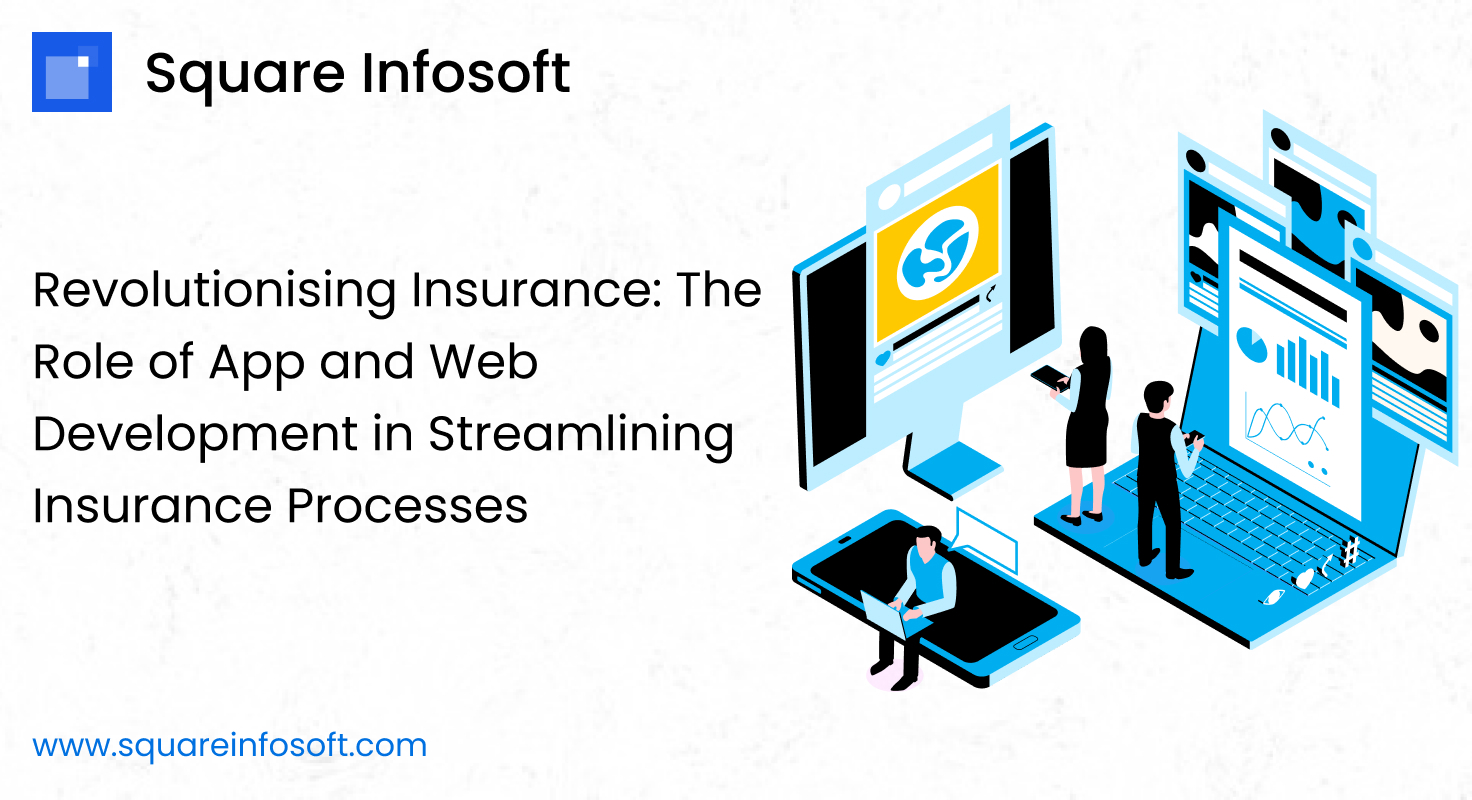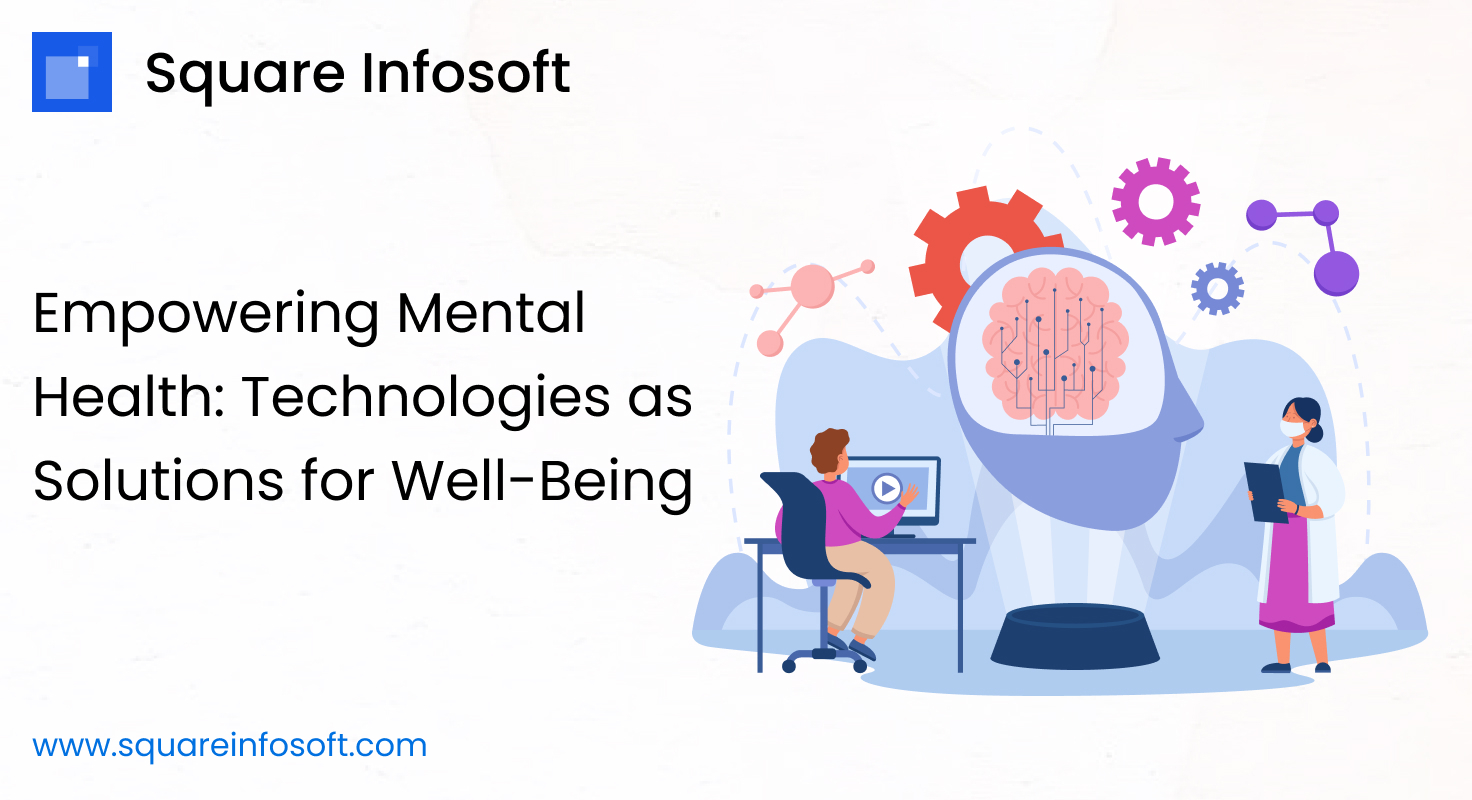Developing a food ordering and delivery mobile app is a substantial project that involves several crucial steps. Below, I’ll outline a comprehensive guide to help you get started on this venture:
1. Conceptualization and Market Research:
- Define your app’s unique value proposition.
- Conduct thorough market research to understand your target audience and competition.
- Identify key trends and preferences in the food delivery industry.
2. Business Model:
- Decide on your revenue model (e.g., commission from restaurants, delivery fees, subscription plans).
- Determine the pricing strategy for customers and partner restaurants.
3. Legal and Regulatory Considerations:
- Ensure compliance with local food safety and health regulations.
- Address licensing and permits if required in your area.
4. Partner with Restaurants:
- Establish partnerships with local restaurants to list their menus on your app.
- Negotiate terms and agreements with partner restaurants.
5. User-Friendly Design:
- Design an intuitive and visually appealing user interface for customers and delivery drivers.
- Create wireframes and prototypes for the app’s layout.
6. Features and Functionality:
- Develop a feature set that includes:
- User registration and profiles.
- Restaurant listings and menus.
- Ordering and payment processing.
- Real-time order tracking.
- Reviews and ratings.
- Push notifications for order updates.
- Customer support and help center.
- Secure login and payment processing.
7. Admin Panel:
- Build an admin panel to manage orders, partner restaurants, and user accounts.
- Implement analytics and reporting tools.
8. GPS and Mapping Integration:
- Integrate GPS for location tracking of customers and delivery drivers.
- Utilize mapping APIs for route optimization.
9. Payment Gateway:
- Implement secure payment gateways for customer transactions.
- Ensure support for various payment methods (credit/debit cards, digital wallets).
10. Reviews and Ratings System:
- Develop a system for customers to rate and review restaurants and delivery drivers.
- Encourage user-generated content.
11. Order Fulfillment:
- Create a seamless order fulfillment process that notifies restaurants and delivery drivers in real-time.
- Implement order scheduling and delivery time estimation.
12. Testing:
- Conduct thorough testing, including functional testing, usability testing, and security testing.
- Address any bugs or issues identified during testing.
13. Marketing and Promotion:
- Develop a marketing strategy to attract customers and restaurants to your platform.
- Utilize social media, email marketing, and referral programs.
14. Launch:
- Launch the app on major platforms (iOS, Android) through app stores.
- Coordinate marketing efforts to generate initial user interest.
15. User Support and Feedback:
- Offer customer support channels for inquiries and assistance.
- Gather user feedback and make continuous improvements.
16. Maintenance and Updates:
- Regularly update the app with new features, menu additions, and bug fixes.
- Ensure compatibility with the latest mobile operating systems.
17. Scaling and Expansion:
- Plan for scalability to accommodate increased demand as your user base grows.
- Consider expanding to new geographic locations.
18. Sustainability and Responsiveness:
- Implement sustainable practices, such as eco-friendly packaging options.
- Be responsive to user needs and industry trends to stay competitive.
19. Data Security:
- Implement robust security measures to protect user data and payment information.
20. Legal Agreements:
- Create legal agreements and terms of service for users and partner restaurants.
Building a successful food ordering and delivery app requires careful planning, a user-centric approach, and ongoing attention to user feedback and market trends




